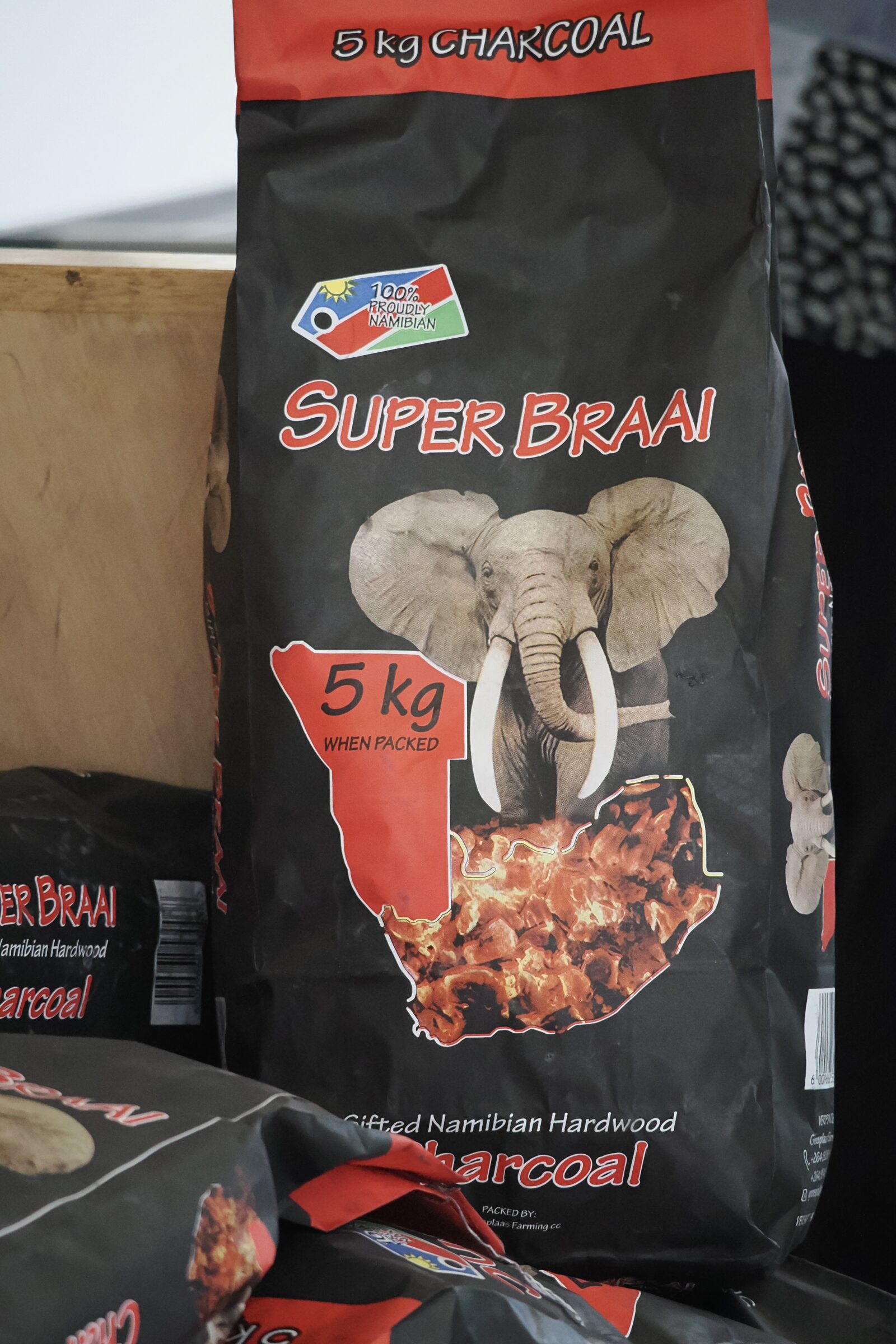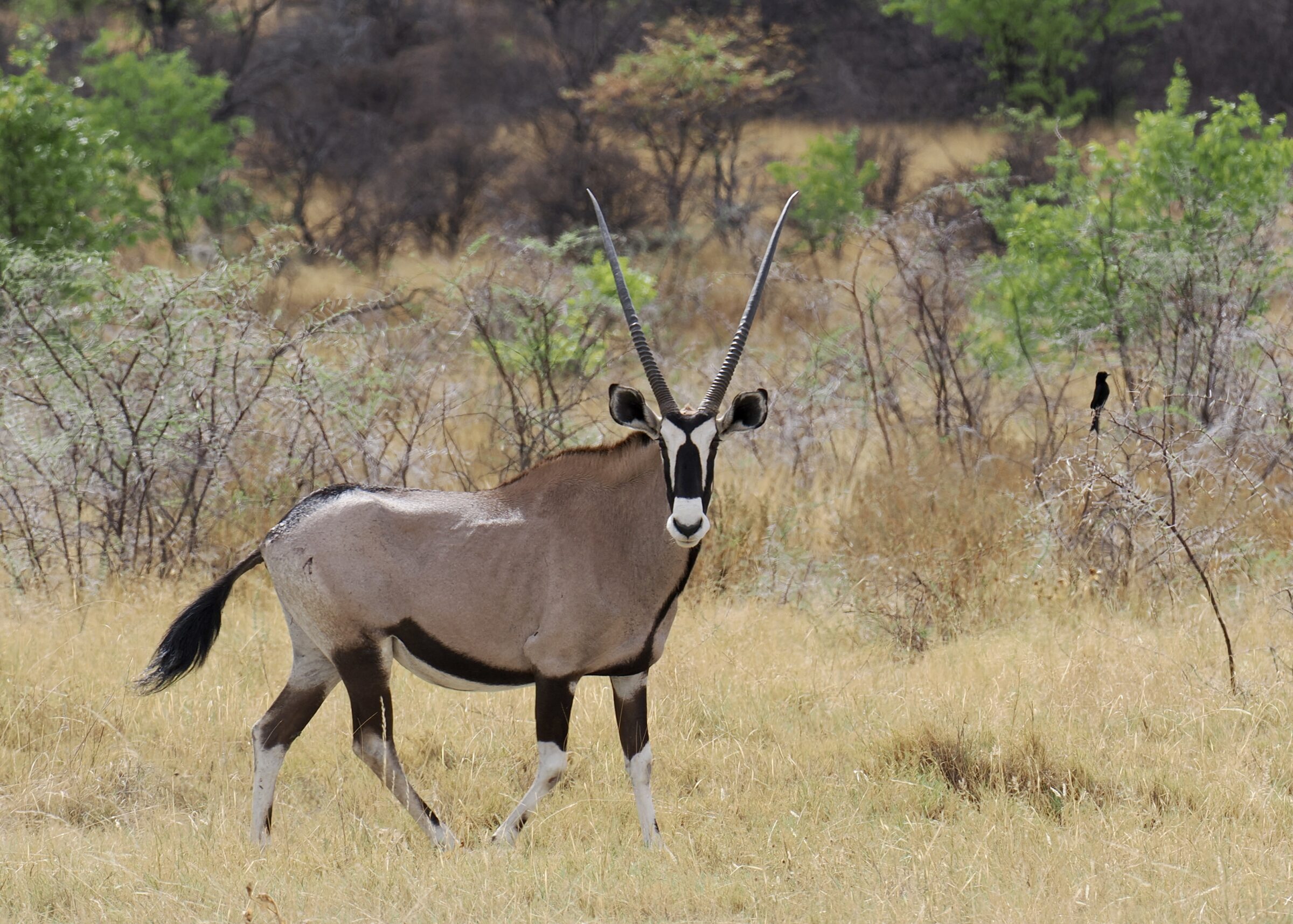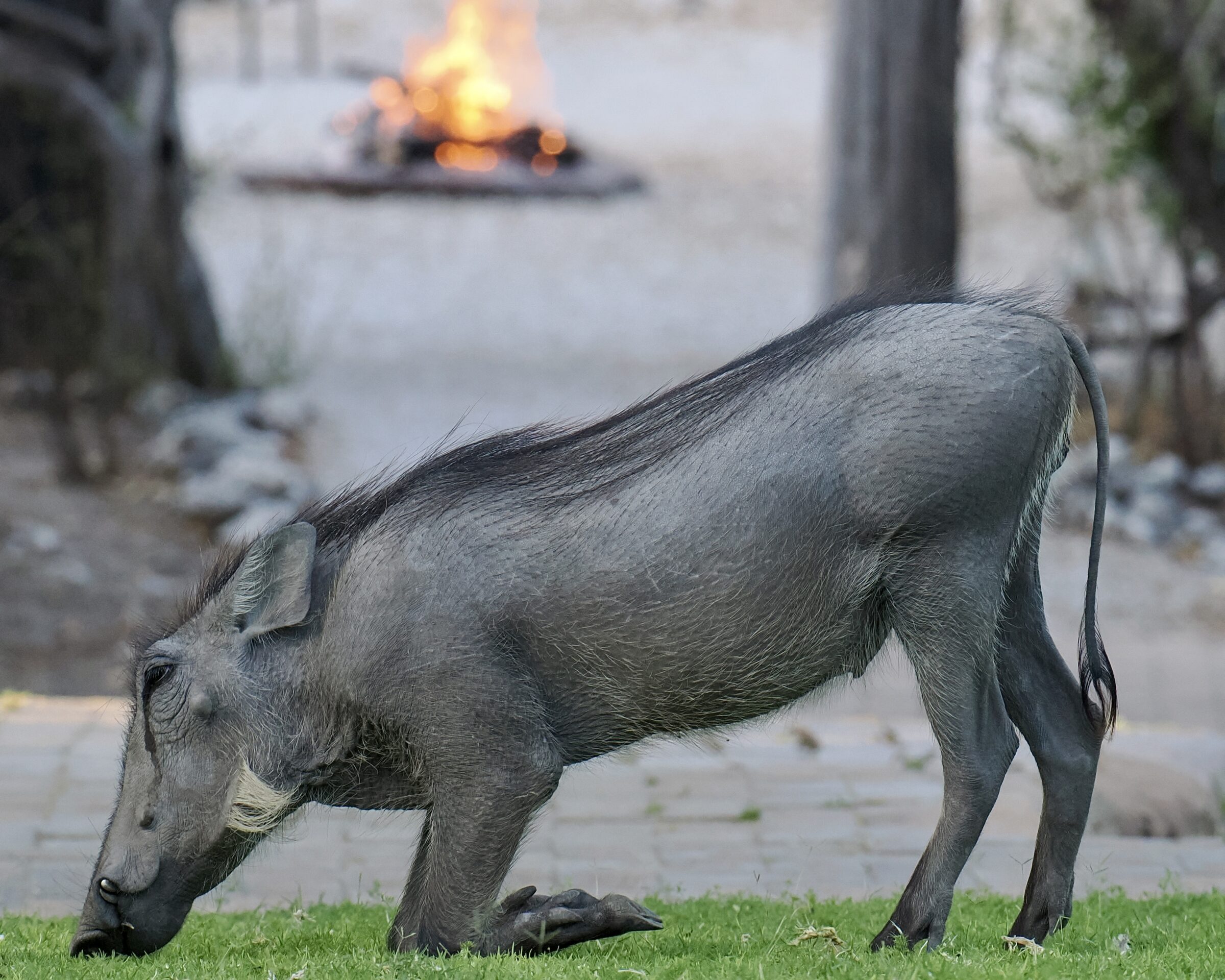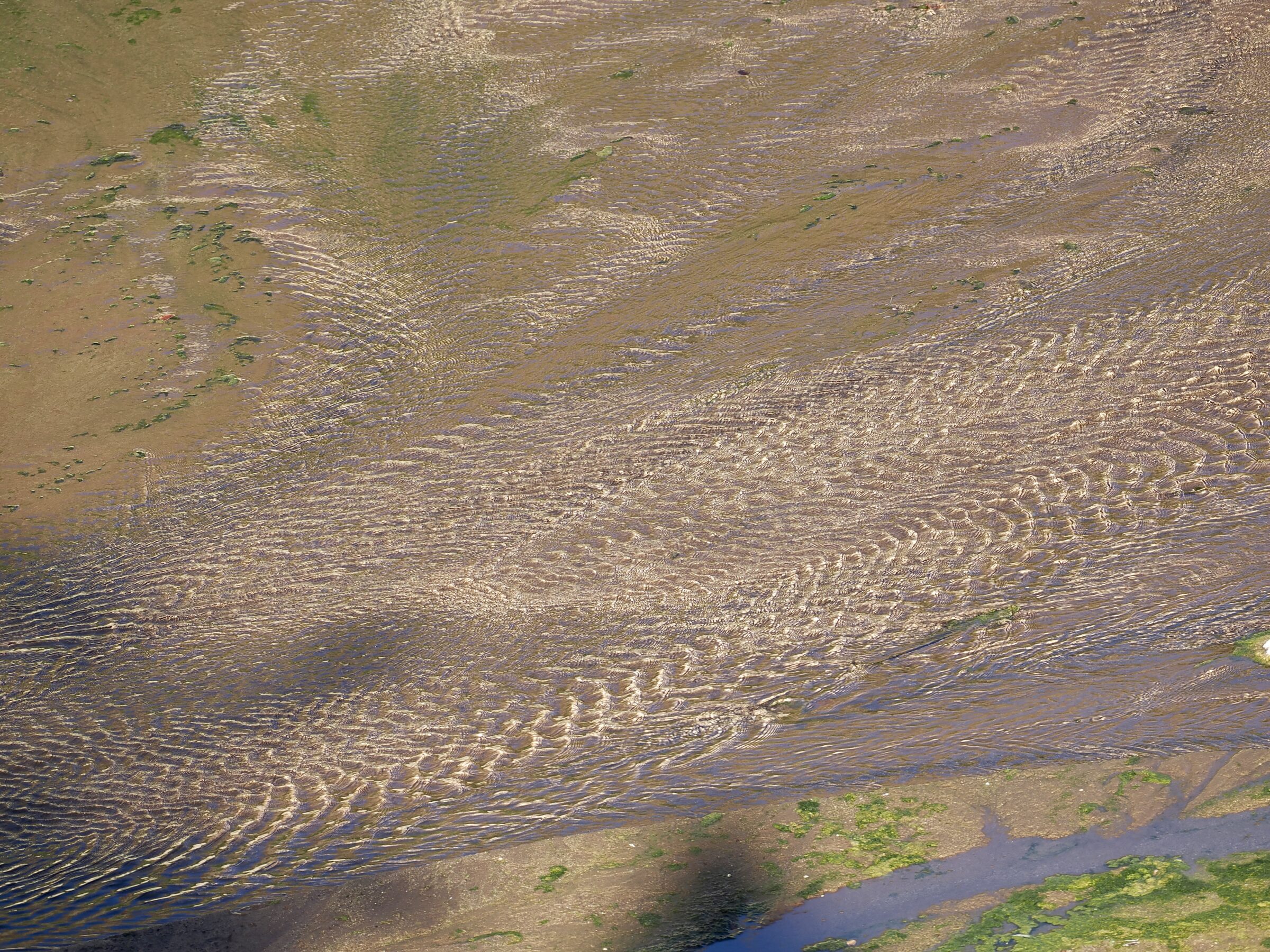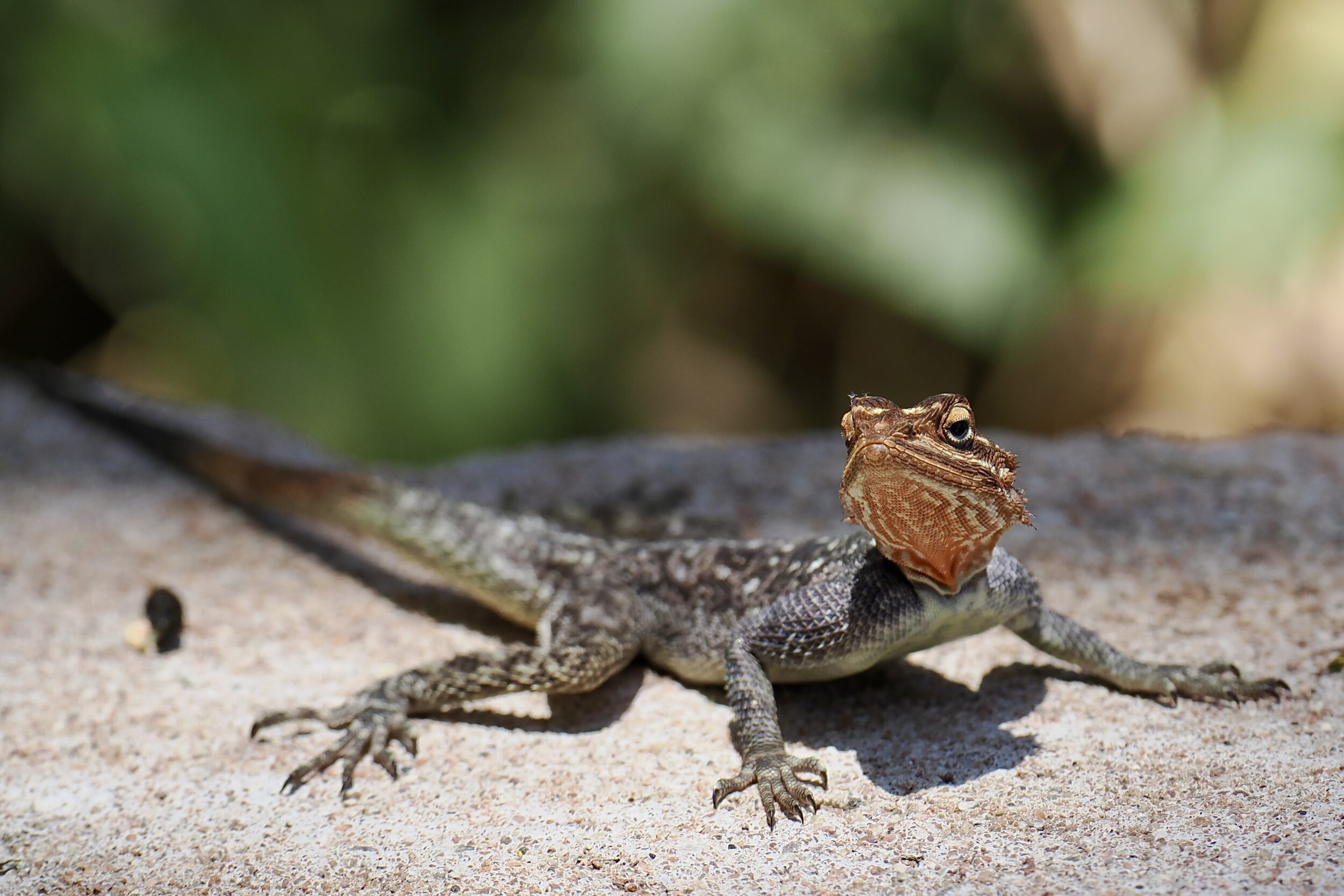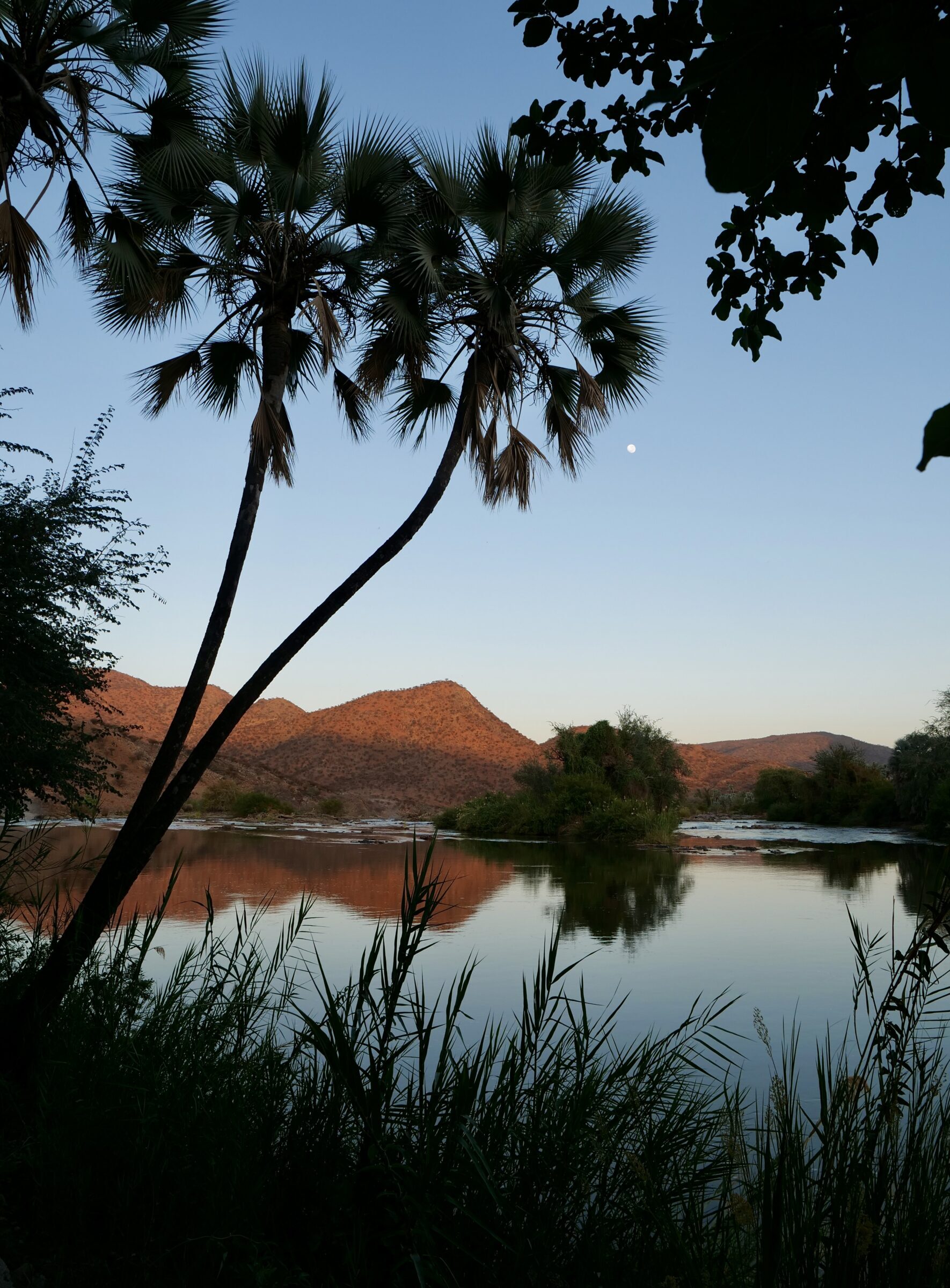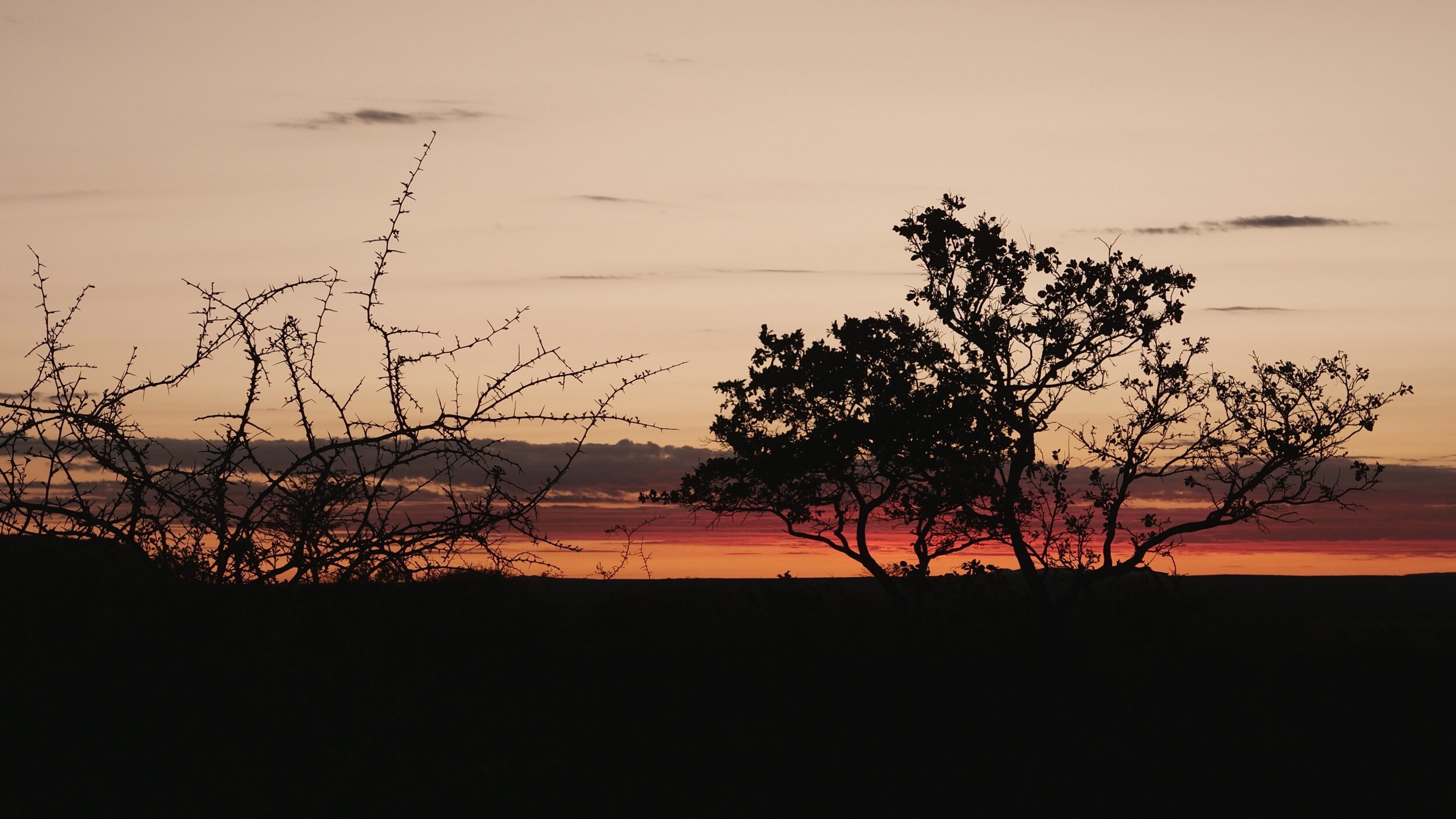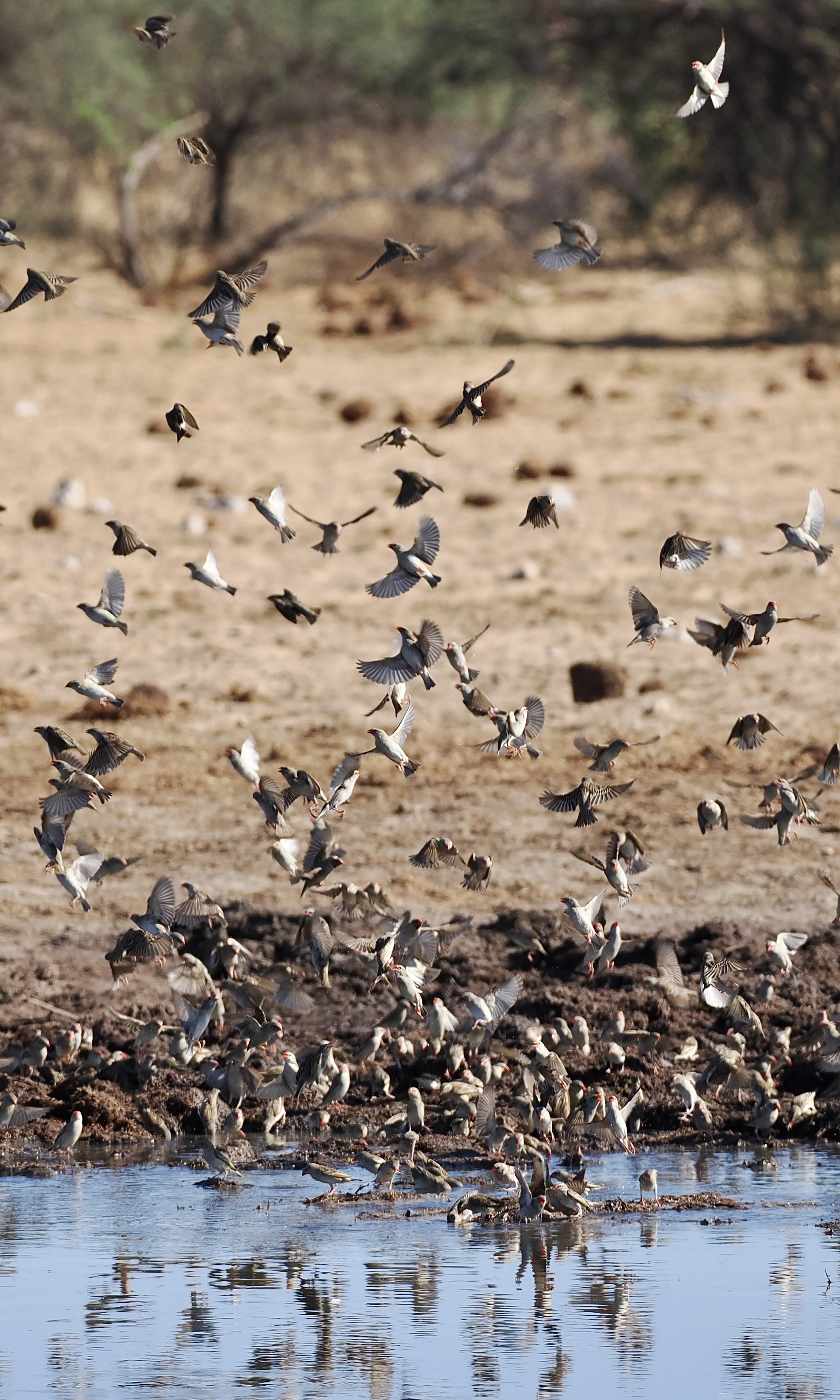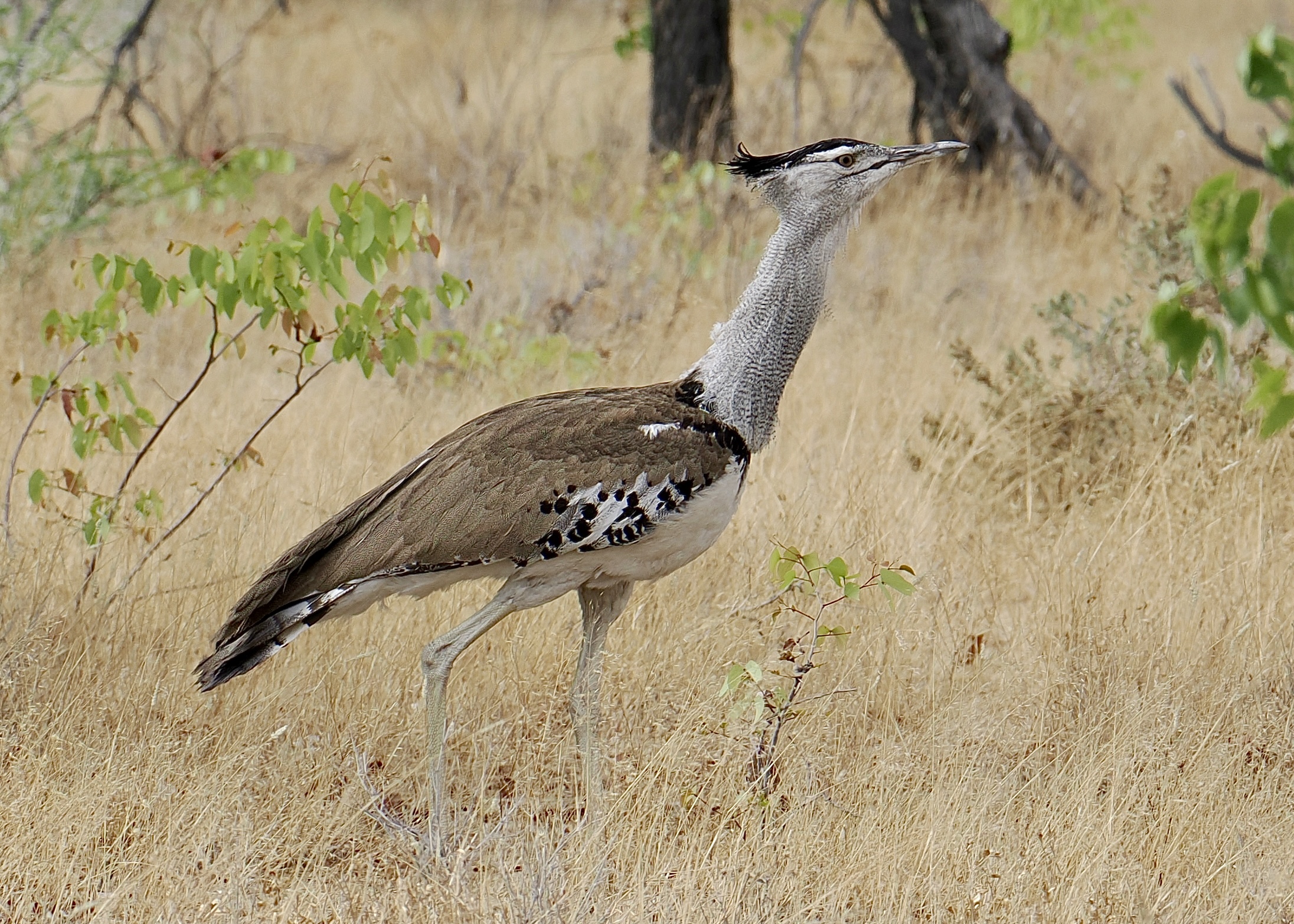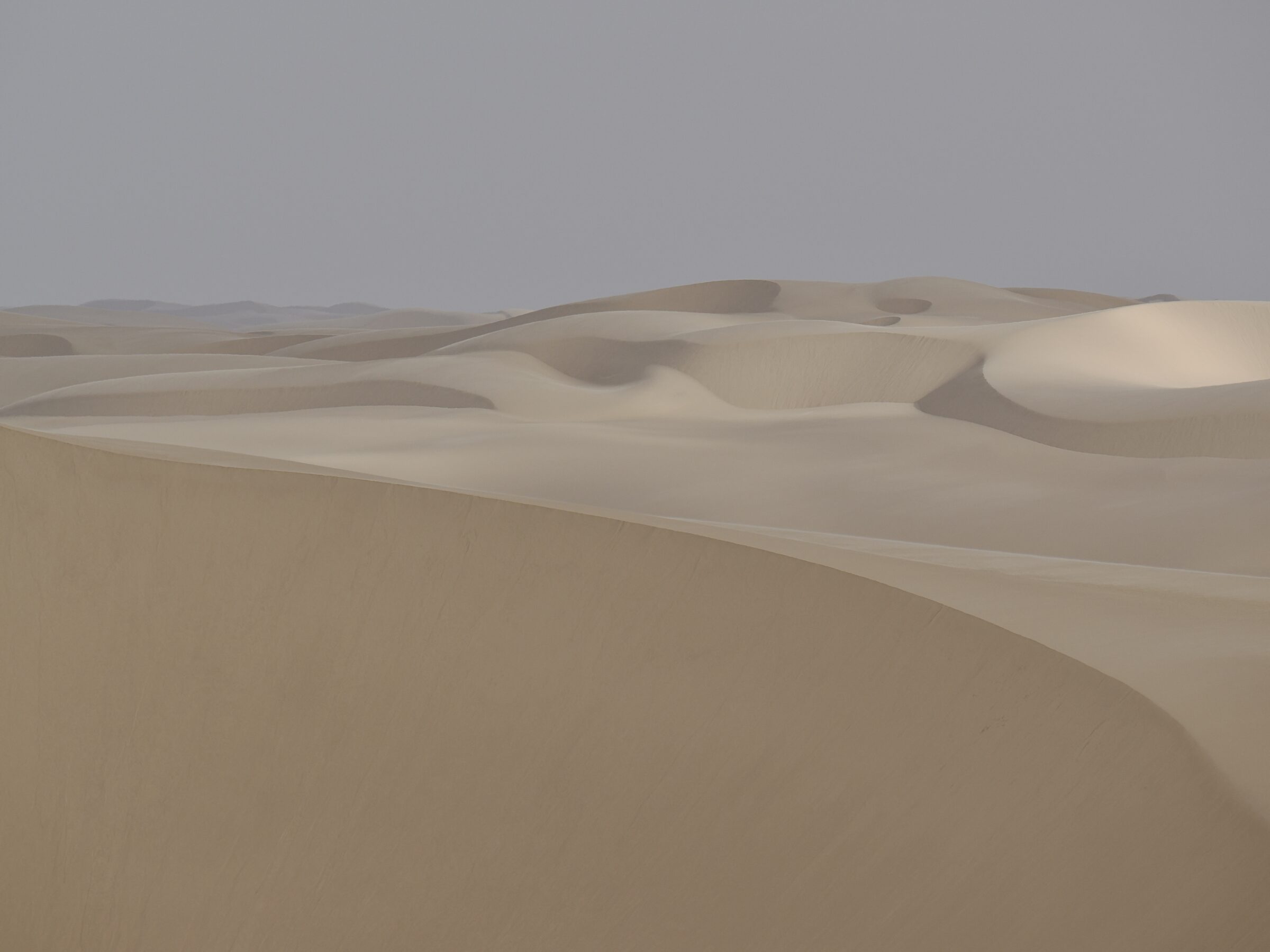A Wikipedia list of 182 counties, ranked by average annual precipitation, has Colombia allegedly wettest and Egypt driest – respectively, 3,240 mm and 18 mm.
155 nations are allegedly “wetter” than Namibia; its reported annual average of 285 mm is a little more than half of the figure given for nation #141 – Australia.
Yet Namibian-harvested hardwood is the basis for an industry which currently yields more than 70 million Australian dollars worth of annual export income…and that figure is set to soar.
It has nothing to do with construction timbers or wooden furniture.
Comments closed